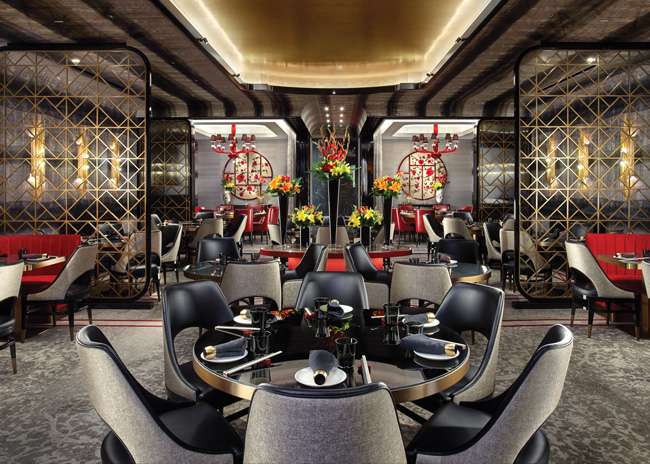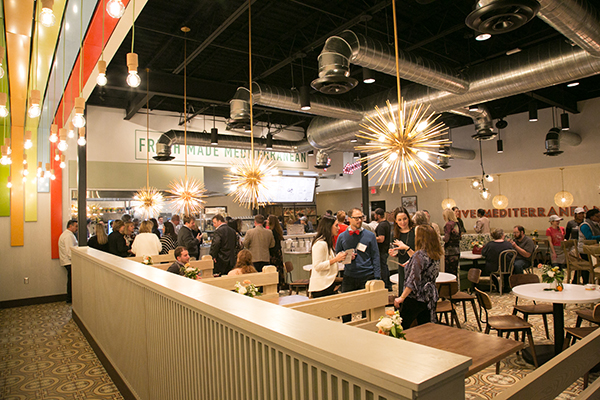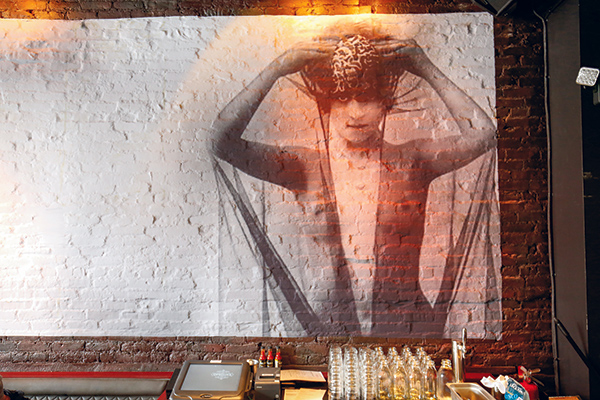What can I do to prepare my restaurant for takeout and delivery orders?
There are several things operators can do to prepare their dining room and kitchens for takeout and delivery orders, and we are getting this question a lot more as these services build momentum. The key to all of these options is to understand your new traffic flow. At peak, how many walk-in/dine-in, drive-thru and/or order ahead (off-premise) guests will you expect to serve? The standard rule of thumb for walk-in vs. drive-thru is 1 to 3. So, you need to first understand if and how that will change and what the new ratios will be (i.e. 1 to 3 to 2 for example). What this means is that for each one walk-in customer you serve, you will be serving three drive-thru and two off-premise guests in the same time period. The best operations don’t require sacrificing the walk-in experience to handle the added volume from off-premise guests.
So, how do you accommodate the added and/or shifting volume demands, keeping in mind that each type of guest has a different set of expectations around quality, speed and convenience? Here’s our take on the best three solutions:
- Retrofit your current locations. If you currently have locations unable to handle the incoming flow of takeout, catering or delivery orders, the best thing you can do is redesign the front of house to make more room for your takeout customers, delivery drivers picking up orders, or customers picking up a catering order. While it’s more cost-effective to use the space that already exists, the downside is that you will lose some space designated for your dine-in guests. A retrofit will make sense only if your sales from off-premises dining is surpassing expectations (such as 35 percent or more from takeout, delivery and catering). If you’re considering retrofitting your space, work with an architect who can suggest enhancements to the in-store dining space with minimal impact to the dining room. You want to make sure you’re limiting interruptions to the dine-in guest experience. A redesign may be as simple as extending your bar area or hostess stand to make room for off-premise orders. It also could mean adding a separate entrance for those specific customers. You can incorporate a cubby system that can service your off-premise diners without hassle to your in-store operation. This will eliminate confusion among your guests and can complement the branding elements of your in-store dining experience. It’s also important to design the space to accommodate packaging, staging and the storage of the food itself, such as hot and cold menu items. Also, don’t forget that off-premise guests may need to wait a few minutes for their order to be assembled. So, provide a comfortable and designated waiting area that won’t hurt the dine-in experience.
- Review your kitchen flow. If orders are getting confused in the kitchen but your dining room has enough space to handle in-store, takeout and delivery, consider adjusting the kitchen. This could include the creation of a second make-line specifically for takeout, delivery and catering orders. This separate area may require additional staff, but that staff should be on a predictable schedule. For example, typical catering orders come-in at least 24 to 48 hours in advance. These advance orders, as well as carefully tracked typical volumes based on set parameters – such as daypart, week day, weather, etc. – should provide good predictive analytics.
- Design new locations. When opening new restaurant locations, design each one to handle the in-flow of off-premises traffic. This may mean that you think about grouping locations by geography and drive-time, and designate at least one location in each group to handle the vast majority of an area’s off-premises business. Of course, this will require two different store design versions: one smaller and one larger. This is especially true if retrofitting front-of- house and kitchen spaces in your existing locations requires too much cost, time or space. Creating a new single location to carry the majority of the burden may be a more cost-effective long-term solution and it allows you to design in all the efficiencies necessary to effectively handle a large volume of off-premises business without negatively affecting the dine-in experience. The existing locations will still get some off-premises business, but that should be limited to smaller, order-ahead business, rather than all the delivery and catering. This “mother-daughter” solution allows you the freedom to design and build the most efficient storage, cooking, staging and customer/staff flow possible.
For more on the rise of off-premis dining and takeout:
- Form + Function: Prepare for Takeout
- Steve's FED Talk on The Polarization of Experience vs. Convenience
Steve Starr, president of starrdesign in Charlotte, N.C., is a nationally recognized leader in restaurant and retail design. While his insight and expertise span the hospitality industry, his focus is on branding, consumer behavior and the development process.
Do you have a problem? Would you like three solutions?




